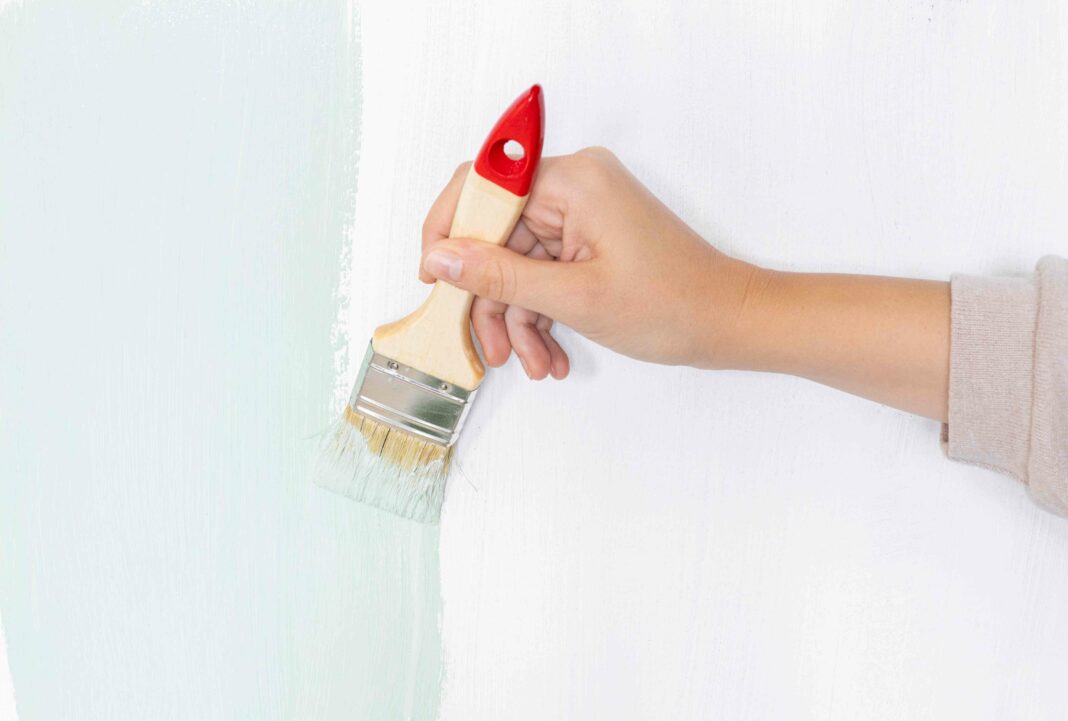Can I Use Exterior Paint Inside? Here’s Everything You Need to Know
When it comes to home improvement projects, choosing the right type of paint is essential. Many homeowners often wonder if they can use exterior paint inside their homes. While it may seem like a simple question, there are several factors to consider before deciding whether or not to use exterior paint indoors.
What is Exterior Paint?
Exterior paint is specifically designed to withstand the elements, such as sunlight, rain, and snow. It is formulated to be more durable and weather-resistant than interior paint. Exterior paint also contains higher levels of volatile organic compounds (VOCs) to help it adhere better to outdoor surfaces.
Can I Use Exterior Paint Inside?
While it is technically possible to use exterior paint inside your home, it is generally not recommended. Here are some reasons why using exterior paint indoors may not be the best idea:
- Odor: Exterior paint contains higher levels of VOCs, which can result in strong odors that can be unpleasant and potentially harmful when used indoors.
- Appearance: Exterior paint may have a different finish and texture than interior paint, which could lead to a less desirable aesthetic inside your home.
- Drying Time: Exterior paint typically dries slower than interior paint, which means you may have to wait longer for the paint to fully cure before you can use the room.
- Health Concerns: The high levels of VOCs in exterior paint can contribute to poor indoor air quality, which can be detrimental to your health and the health of your family.
Alternatives to Exterior Paint
If you are looking for a more durable paint option for high-traffic areas or areas prone to moisture, there are alternatives to using exterior paint inside your home. Some options include:
- Semi-Gloss or High-Gloss Interior Paint: These types of paint are more durable and easier to clean than flat or satin finishes, making them a good choice for kitchens, bathrooms, and other high-traffic areas.
- Acrylic Paint: Acrylic paint is water-based and has low levels of VOCs, making it a safer and more environmentally friendly option for indoor use.
- Mildew-Resistant Paint: If you are painting in a damp or humid area, such as a basement or bathroom, consider using a mildew-resistant paint to prevent mold and mildew growth.
Conclusion
While it is technically possible to use exterior paint inside your home, it is generally not recommended due to the higher levels of VOCs, odor, and longer drying time associated with exterior paint. If you are looking for a more durable paint option for high-traffic areas or areas prone to moisture, consider using semi-gloss or high-gloss interior paint, acrylic paint, or mildew-resistant paint instead.
FAQs
Can I use exterior paint on interior walls?
While it is possible to use exterior paint on interior walls, it is generally not recommended due to the higher levels of VOCs and odor associated with exterior paint.
Can exterior paint be used indoors for specific purposes?
Yes, exterior paint can be used indoors for specific purposes, such as painting a garage floor or a basement wall. Just be aware of the potential odor and longer drying time associated with exterior paint.
Is exterior paint more durable than interior paint?
Yes, exterior paint is designed to be more durable and weather-resistant than interior paint, making it a better choice for outdoor surfaces that are exposed to the elements.




